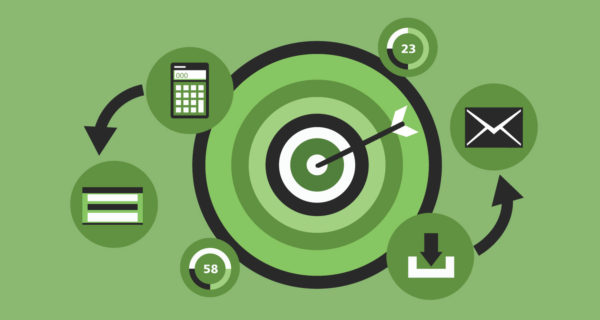Six of my favourite quotes along with the wisdom I see in them.
The Gist
- Regulatory expectations. Laws protect businesses, but meeting customer expectations is crucial.
- Audience acquisition. Choose the right customers for genuine engagement and reduced bounce rates.
- Trust building. Avoid vague emails; clarity brings conversions and maintains subscriber trust.
In the new fourth edition of my book, “Email Marketing Rules,” I include quotes from scores of experts who have impacted how I think about the email channel, as well as about marketing in general. Here, I’d like to share six of my favorite quotes along with the wisdom I see in them. In no particular order, here they are …
Where Law Meets Emails and Consumers
“The law is the low bar.”
— Laura Atkins, owner of Word to the Wise
Most businesses are intrinsically against any new laws or regulations, which invariably introduce additional compliance costs or restrict business practices. Canada’s Anti-Spam Legislation (CASL), the EU’s General Data Protection Regulation (GDPR), the California Consumer Privacy Act (CCPA) and other privacy and anti-spam laws have undeniably done both of those.
However, I would argue that these laws have actually protected businesses and the email channel. The truth is the law always lags consumer expectations, as well as the expectations of inbox providers in the case of anti-spam laws. And a growing gap in expectations is a growing risk to businesses in terms of customer loyalty and brand image and reputation.
This danger is most evident in the US, where the CAN-SPAM Act of 2003 is still sadly in effect. In this country, merely complying with CAN-SPAM would be disastrous, leading to block listings and wholesale junking and blocking of campaigns by inbox providers. As Laura says, our subscribers expect much more from us. At a minimum, they expect us to respect their permission, both in terms of opt-ins and in terms of responding to their inactivity by eventually suppressing future emails to them.
Quality Customers and Quality Emails
“Customer loyalty is mostly about choosing the right customers.”
— John Jantsch, author of “Duct Tape Marketing“
Where you acquire new subscribers almost predetermines whether your email program will struggle or thrive. If you acquire many of your subscribers through list purchases, poorly done list rentals, sweepstakes and other sources that are far from your business operations, then you’ll be plagued by high bounce rates, low engagement and high spam complaints.
On the other hand, if you’re gaining the vast majority of your subscribers via signups during your online or in-store checkout processes, on your website and in your app, then you will have added lots of customers to your list who are genuine fans that are predisposed to engage with your emails and buy again.
If you’re unsure how your audience acquisition sources are affecting your overall email program health, then start tagging your sources so you can track the behaviours of the subscribers that come onto your list from each one. Chances are you’ll find that one or two of your acquisition sources are responsible for the majority of your bounces, inactivity and complaints.
Avoid Baiting Subject Lines for Open Rates
“Don’t confuse attention for intent.”
— John Bonini, founder of Some Good Content
Too many email marketers still believe that the key to getting more conversions is to get more opens. After all, a subscriber can’t convert if they don’t open the email, they reason.
In the pursuit of high open rates, these marketers often use vague and cryptic subject lines and preview text — often defending their use as being “clever” or in service of creating a “curiosity gap.” However, these open-bait tactics only succeed in attracting curious subscribers rather than ones who are actually interested in the email’s call-to-action. Not only does this result in low click-to-open rates, but open rates eventually decline over time as subscribers end up repeatedly feeling like their time was wasted reading messages they ended up having little interest in.
In these cases, the marketer has sacrificed subscriber trust in exchange for getting additional opens that rarely drove business goals. The wiser path is to respect your subscribers’ time by using envelope content that reflects the content of the email. Long-term, this results in higher total opens, as well as more conversions and less list churn as your openers will have stronger intent.
While John was talking about campaign engagement when he said this, his sentiment can also easily be applied to marketers’ habit of pushing their way into channels that consumers prefer to use for communicating with family and friends rather than focusing on the channels like email where consumers most want to hear from brands.
Marketers: Manage Your Audiences
“The customers are the assets; not the store and not the ecommerce sites.”
— Michael Brown, partner at A.T. Kearney
Marketers too often get confused about what they’re supposed to be managing. Often, they think they should be managing product inventories. In particular, email marketers often think they should be managing email campaigns.
By Chad S. White
Chad S. White is the author of four editions of Email Marketing Rules and Head of Research for Oracle Marketing Consulting, a global full-service digital marketing agency inside of Oracle.











